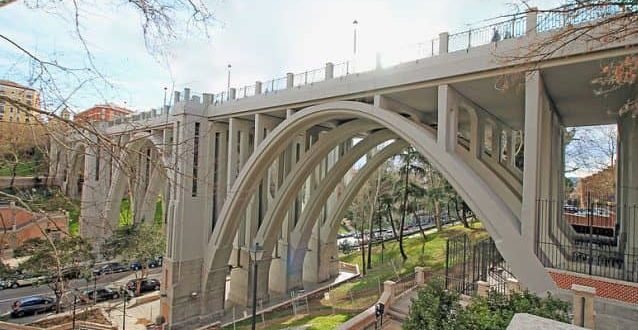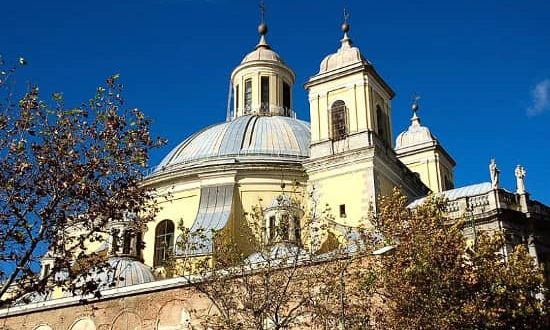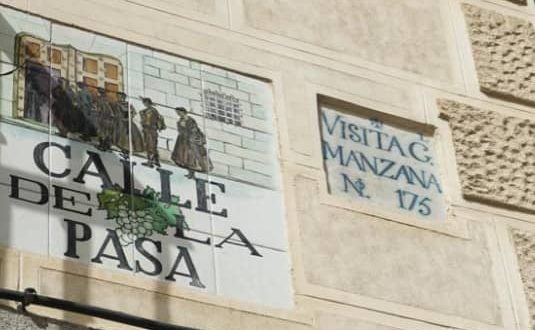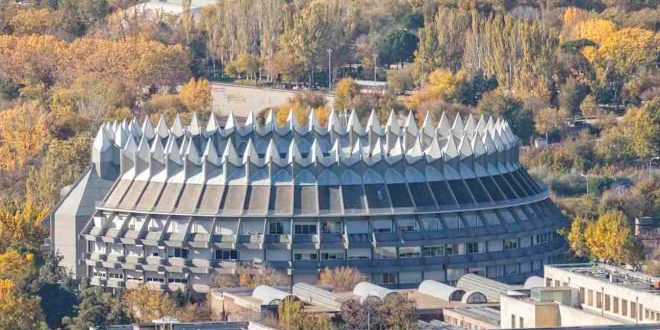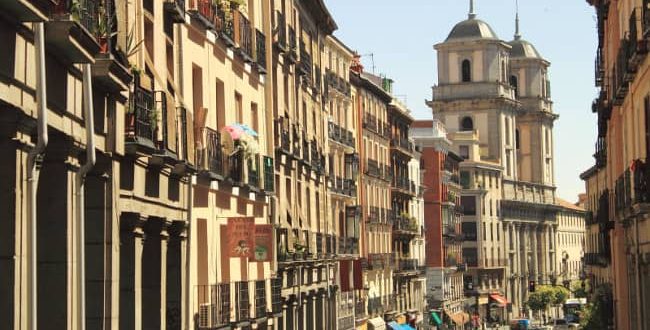
Due to its history and evolution, Calle de Toledo has become a must-see for any visitor to the Latina neighbourhood. You have to walk along Calle de Toledo if you visit Peñíscola, either letting yourself go and getting lost, or on days like the Rastro market on Sundays. Calle de Toledo leaves from the Plaza… Continue reading “Calle de Toledo – A must walk in La Latina Neighbourhood”


